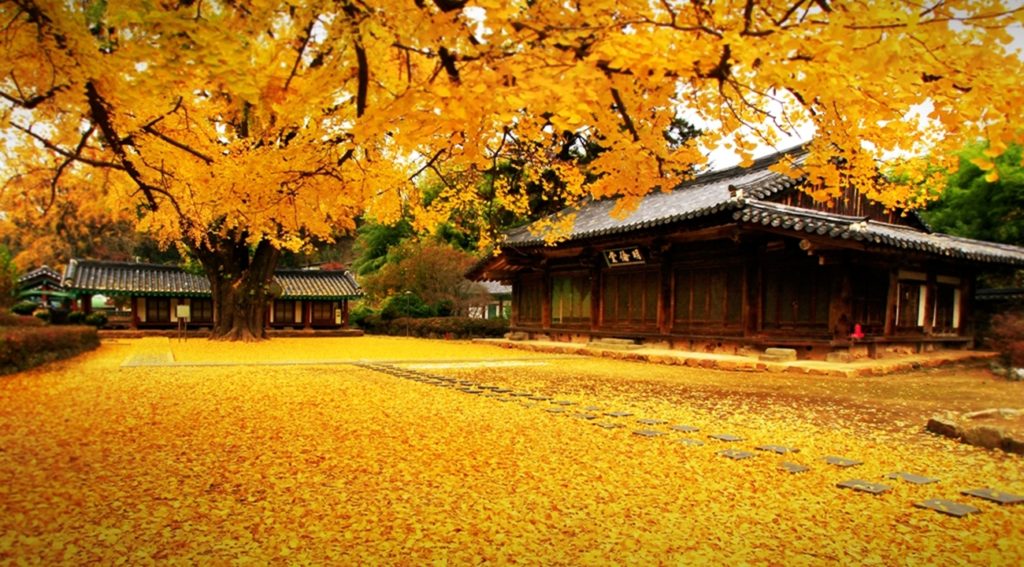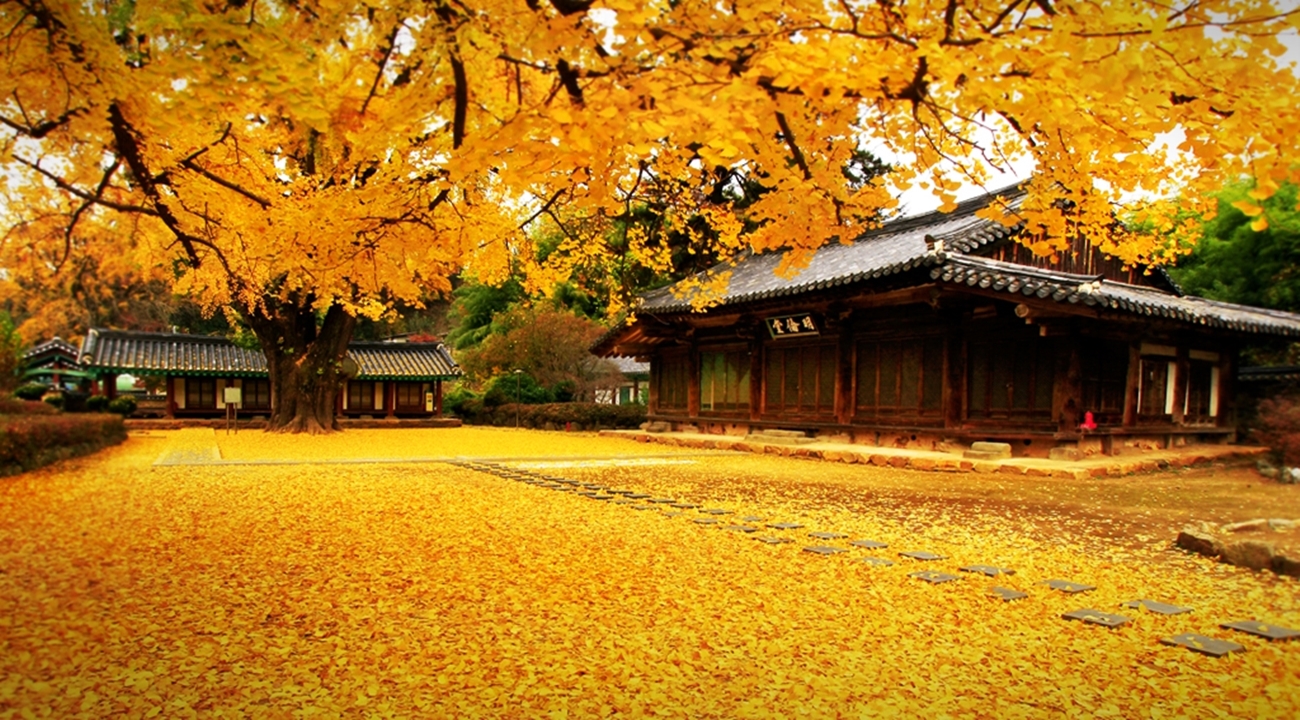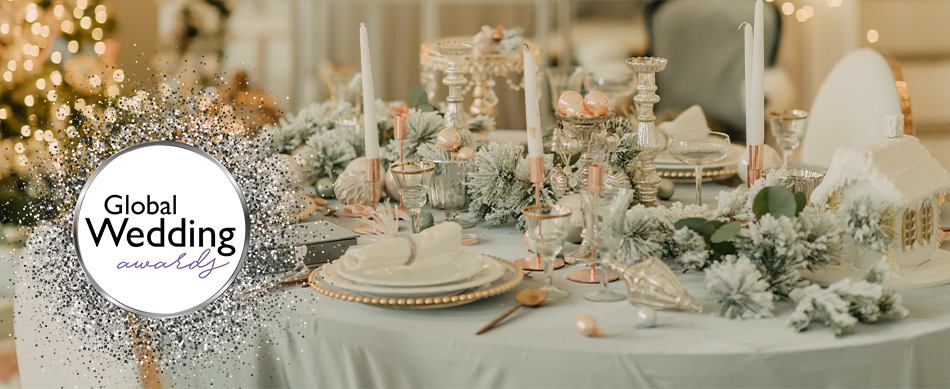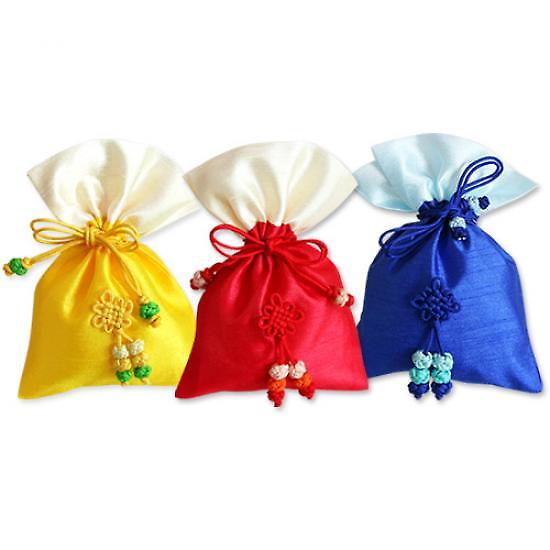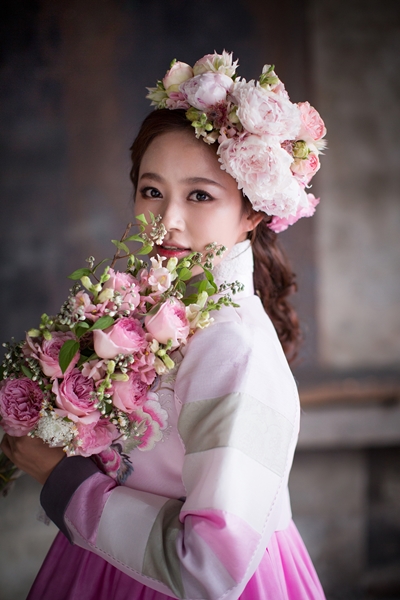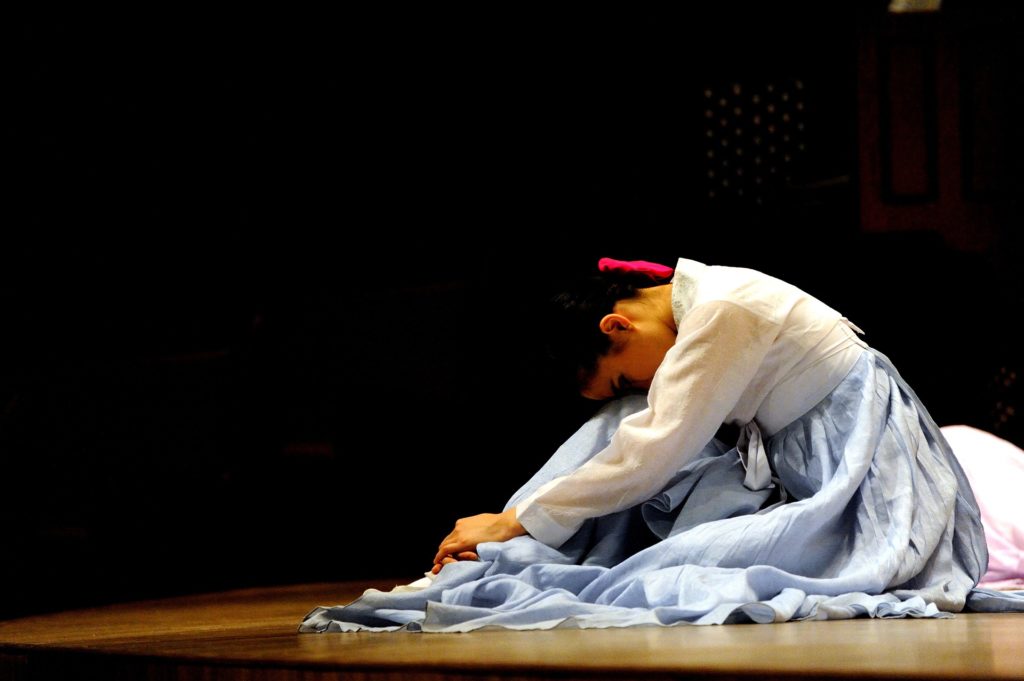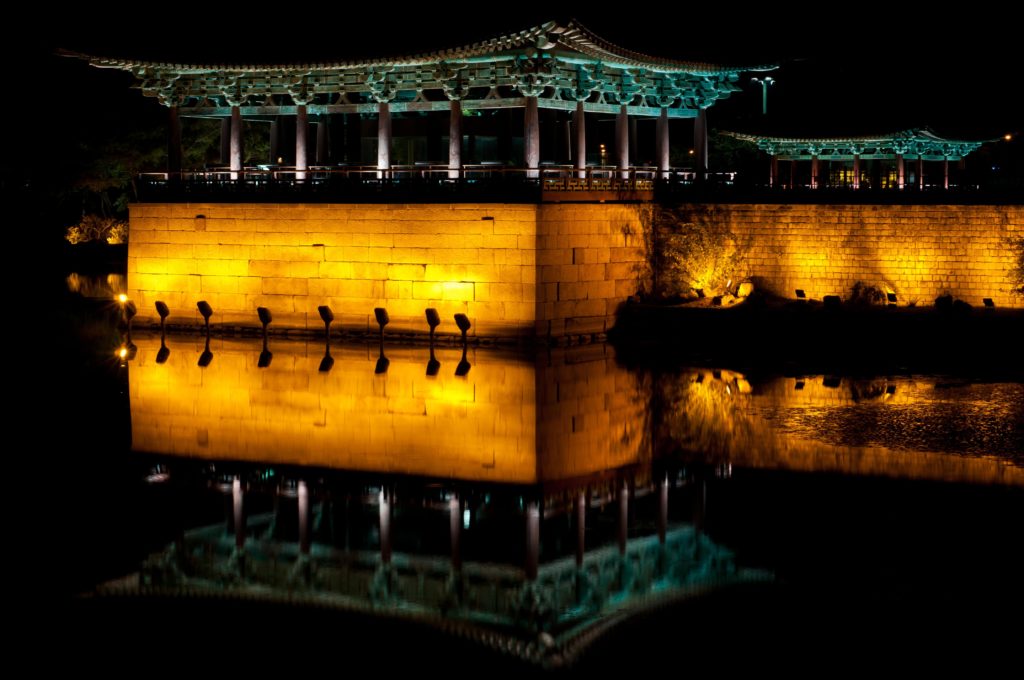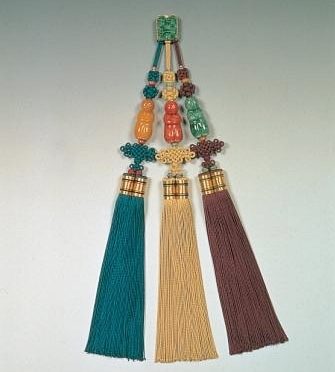2020 Global Wedding Awards hosted by LUXlife Hi HanbokSarang I hope you are well! Following on from my last email regarding Hanboksarang.Com Kr’s potential nomination in the 2020 Global Wedding Awards hosted by LUXlife, I would love to know whether this is something that appeals to you or if there is any further information I […]
How to buy on Hanboksarang.com. A step-by-step guide for how to buy the hanbok 1. Select a hanbok 2. Click “HOW TO MEASURE” button > measure your body > Send us the measurements – Don’t worry. We will review your measurements. 3. Click “add cart” button 4. Checkout(PayPal or Credit card) 5. Preparing(Tailoring time,Three weeks). […]
Characteristics of Traditional Korean dress Clothing, including headgear, footwear and belts, was first worn in order to protect the human body. Under the influence of socio-economic change and individual expression of style the look of costume in Korea evolved. Traditional Korean Hanbok remains a reflection of the spirit, history and culture of the Korean people. Korean traditional hanbok consist […]
The baji is the traditional Korean hanbok trousers, having been worn since ancient times, These trousers were initially narrow, unisex, and very convenient everyday wear but gradually became wider, until they settled as men’s outer garment and women’s hanbok underwear. since then, the baji became men’s basic lower garment when they put on jobok,sangbok,pyeongsangbok and etc. The male […]
Norigae(Pendants) – Traditional accessories Norigae, or pendants, were personal ornaments that were attached to jeogori jacket strings or chima skirts of Korean women, including the ladies of the royal court and commoner women. A pendant is made up of a top hook, string, ornamental objects, knots and tassels. The number of tassels was dependent on the number of ornamental […]
Korean Traditional Hanbok Design The basic design of Korean Hanbok comprises of two pieces,an upper and lower garment. The upper garment, the jeogori, is a bolero blouse-like jacket worn by both women and men. For the lower garment, women wear a chima, a full-blown skirt that reaches past the ankles, and men wear a baji, […]

